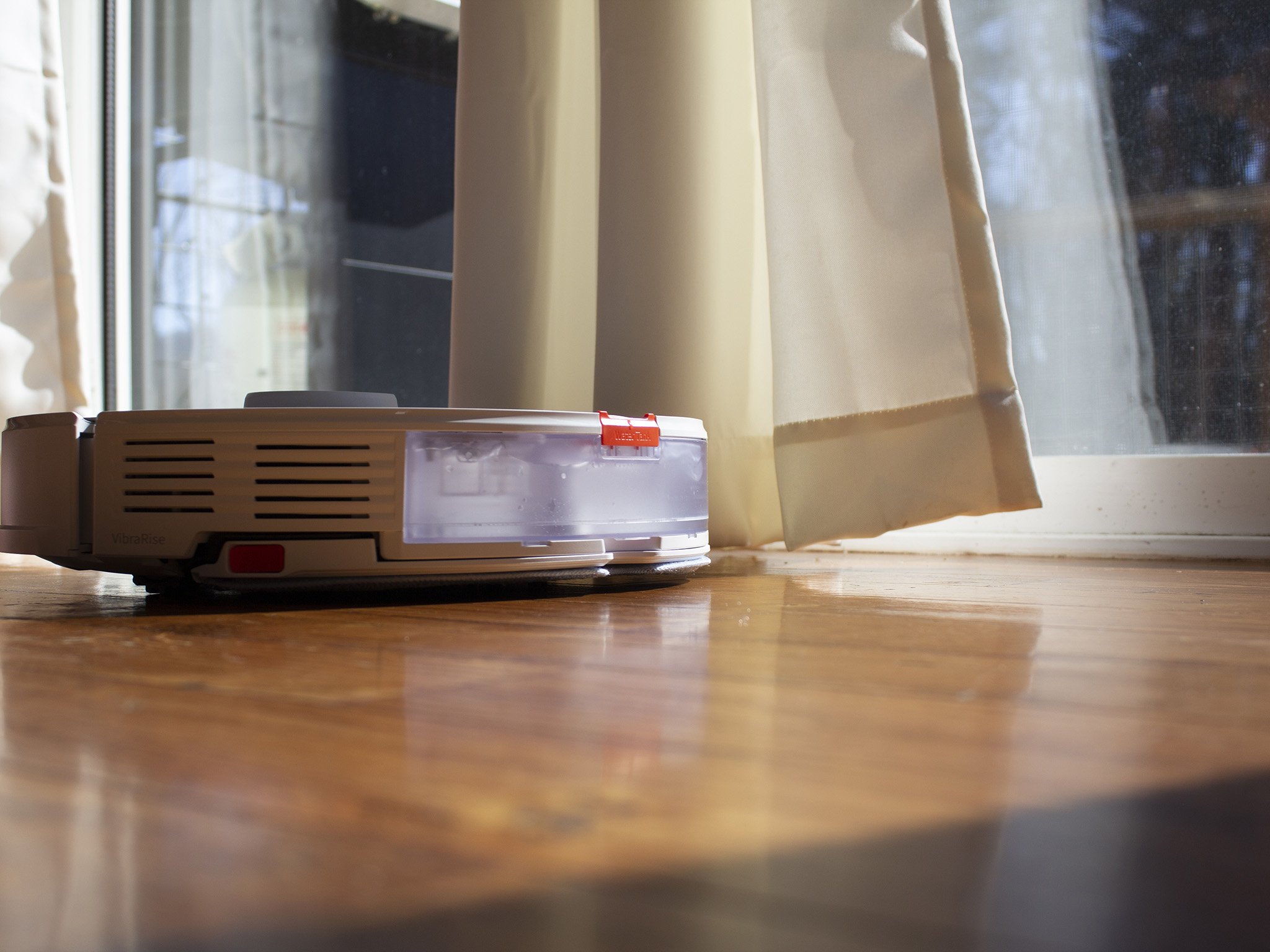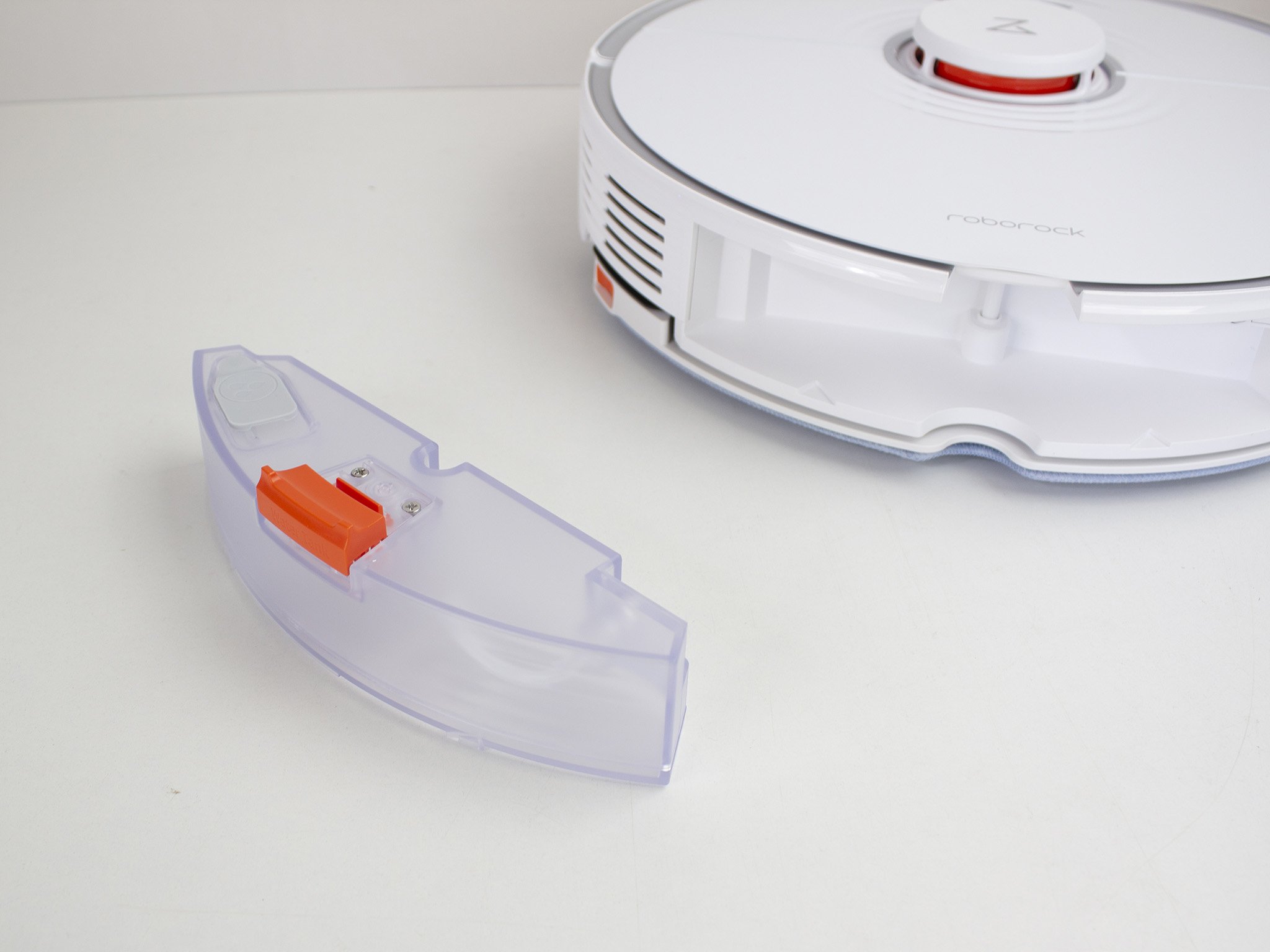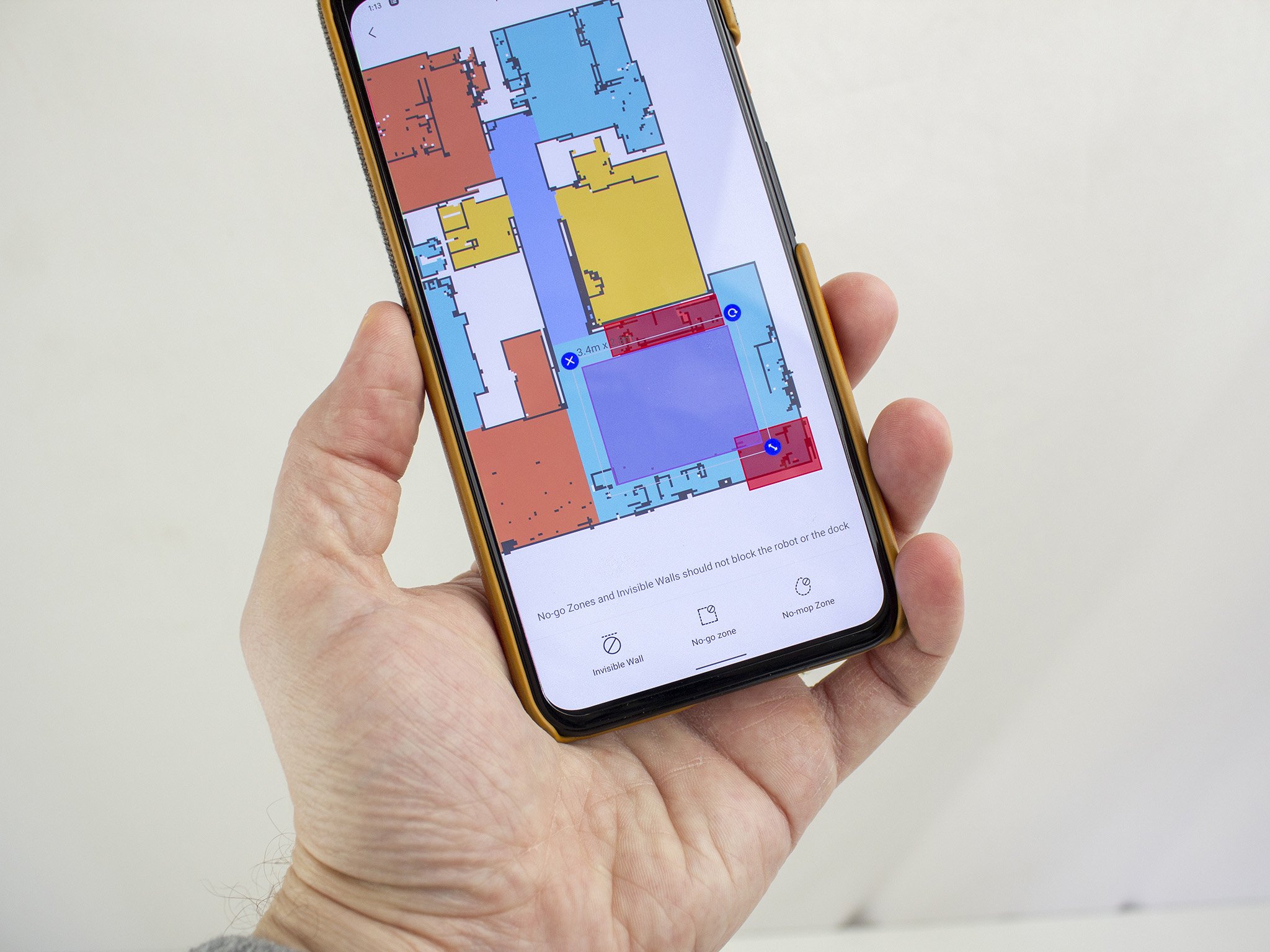You could set the highest-suction, thickest-bristled vacuum in one spot to work for a minute straight, but if it's working on a dried-in spill or some really stubborn mud, it's probably never going to get the job done. While vacuums can suck up loose debris, there's no getting past the need to get your floors wet and give them a good scrub. Fortunately, just as robot vacuums have come to take the task of cleaning up dust and hair off your hands, mop attachments for quality robot vacuums can let them expand their ability to give your floors a complete cleaning.
The typical robot vacuum has a few spinning bristles that help direct dust, dirt, and other debris into the center where it gets sucked up. Though that can do a little bit of work to loosen up some lightly stuck-on messes, you'll probably find over time that your floors start to look dirty even though they may feel clean. The dried-in spills and tracks from wet shoes (especially if you're coming in from snow that's been treated with salt) can really build up, and they won't respond to your vacuum no matter how frequently you schedule cleanings.
You don't have to bust out a bucket and a sponge to tackle these stuck on messes any more, though. A growing number of robot vacuums will let you convert them into handy little mopping machines with just a quick swaps of a few components.
The dustbin on these robot vacuums detaches like normal, but rather than re-attaching it, you can slide on a specialized mopping attachment that comes with a water reservoir and a mopping surface that's pressed into the floor, wetting it and scrubbing it simultaneously.
You'll find some basic models that just drag the mop surface across the floor as the robot vacuum travels around the room. This may help for lighter messes like watermarks or small spills, but that's just a start. Some models actually move the mopping surface in a scrubbing motion to really put the pressure on dried-in messes. This will do a better job digging in to get your floor cleaned in a single pass.
To make the most of this feature, you'll want it coming on a smart robot vacuum that can map out rooms and follow pre-defined zones. If you go for a mopping attachment on a simpler robot vacuum, you may find it soaking your carpet or even getting your carpets and rugs dirty if it's dragging a soiled mop pad across them. Some robot vacuums that have mopping thoroughly integrated into their design can even go out and perform vacuuming and mopping in the same job, lifting up the mop to keep it off carpets and pressing it back down when it's on hard flooring.
Once your robot helper is doing both the mopping and vacuuming, you can go back to relaxing knowing your floors will be kept clean for you. Just don't get too lax about dusting, at least until drones start coming with feather duster attachments.
Source: androidcentral


